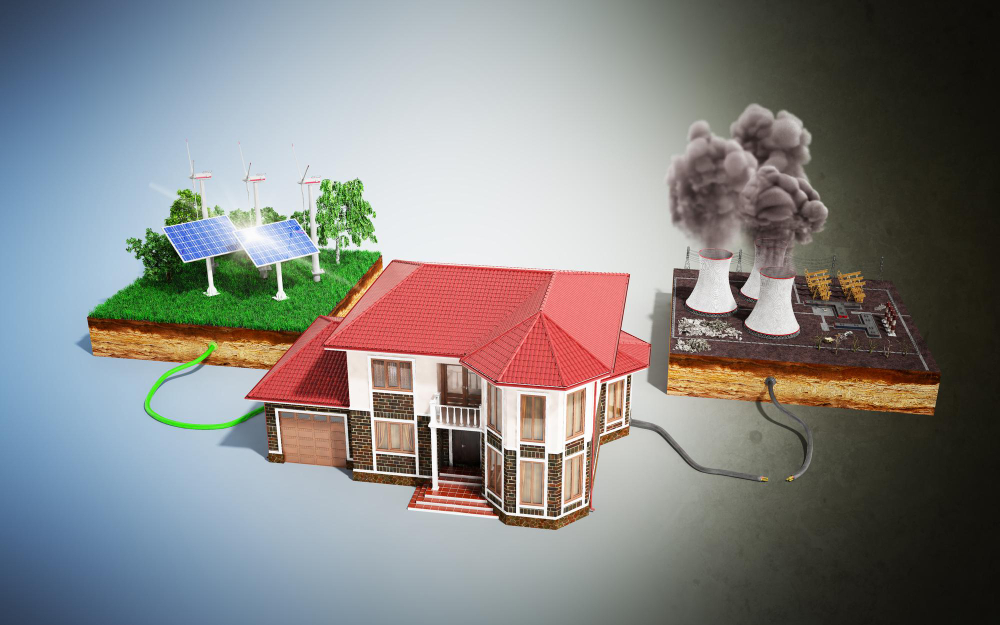Integrating Distributed Energy Resources Without Chaos: A COO’s Playbook for Stability and Scale

As the energy industry transitions from centralized power plants to decentralized and renewable energy models, Distributed Energy Resources (DERs)—such as solar panels, wind farms, battery storage, EV charging stations, and microgrids—have emerged as critical components of the modern grid.
However, for Chief Operating Officers (COOs), DER integration presents a high-stakes operational challenge. On one hand, DERs promise flexibility, resilience, and decarbonization. On the other, their sheer volume, variability, and lack of standardization can lead to operational fragmentation, unstable grids, and spiraling complexity.
This article presents a detailed operational blueprint for COOs to embrace DERs without chaos—by combining advanced technology layers, rethinking operational models, and leveraging Virtual Delivery Centers (VDCs) to scale with speed, precision, and control.
DERs are assets located on the distribution side of the grid, often at customer sites, capable of generating, storing, or curbing electricity. The challenge isn’t just about connecting these devices—it’s about orchestrating them into a cohesive energy ecosystem.
“By 2030, over 50% of all electricity generation is projected to come from distributed sources.” – IEA
Categories of DERs That COOs Must Manage:
Renewable Sources: Rooftop solar, small wind turbines, biogas units
Storage Systems: Residential/commercial battery packs, grid-scale storage
Demand-Side Resources: Smart thermostats, controllable appliances, EV chargers
Flexible Load Assets: Industrial demand response, backup generators
Prosumers & Community Grids: Peer-to-peer trading, virtual net metering
1. Fragmentation of Control Systems
DERs come from multiple vendors, use proprietary protocols, and lack unified APIs.
COOs must deal with disparate control and monitoring systems across geographies.
2. Real-Time Coordination Complexity
Synchronizing supply, demand, and storage across thousands of DERs in milliseconds is a non-trivial task.
Grid balancing becomes chaotic without robust control algorithms.
3. Voltage and Frequency Fluctuations
Inconsistent DER output can destabilize voltage and frequency, risking equipment damage and outages.
4. Lack of Predictability and Visibility
Without advanced forecasting tools, DER output remains difficult to plan, forcing operators to fall back on fossil-based reserves.
5. Cybersecurity Threats
Each DER is a new attack surface. Weak security on edge devices can compromise the entire grid.
1. Advanced DERMS (Distributed Energy Resource Management Systems)
DERMS platforms aggregate, monitor, and control thousands of DERs in real time.
Support optimization for voltage control, frequency regulation, and economic dispatch.
Example:
Siemens’ Decentralized Energy Management (DEM) platform uses AI and real-time analytics to enable grid orchestration and fault-tolerant DER integration.
2. Virtual Power Plants (VPPs)
Pool together multiple DERs and treat them as a single dispatchable power plant.
Enables COOs to monetize DERs in energy markets and maintain load flexibility.
Example:
Greenbyte and Power Factors have helped utilities across Europe form VPPs that stabilized their grids during winter peaks by integrating rooftop solar, home batteries, and EV fleets.
3. AI-Powered Forecasting and Dispatch
Machine learning models predict DER output (e.g., solar irradiance, wind speeds) and adjust dispatch in real time.
Improves grid balancing and reduces the need for spinning reserves.
Example:
Enel X’s DER.OS platform uses predictive analytics to optimize dispatch and demand response participation across DER fleets.
4. Interoperability Standards and Open APIs
Adoption of standards like OpenADR, IEEE 2030.5, and IEC 61850 ensures plug-and-play integration and control across diverse DERs.
Reduces vendor lock-in and improves operational visibility.
5. Edge Computing and IoT for Grid Edge Intelligence
Edge devices perform local control, enabling fast, autonomous reactions to local events (e.g., brownouts, surges).
Reduces reliance on centralized processing and improves scalability.
Example:
Honeywell’s Enraf Edge Controllers manage energy storage and load balancing directly at substations and prosumer sites.
The Virtual Delivery Center (VDC) powered by AiDOOS is tailor-made for energy COOs navigating DER integration challenges. It acts as a cloud-native operations and engineering hub that delivers specialized teams, solutions, and execution capacity on demand.
Key Benefits of a VDC in DER Integration:
1. End-to-End DER Onboarding Support
VDC teams help onboard and integrate DERs across varied protocols and vendors.
Services include edge device programming, DERMS integration, and real-time system configuration.
2. Predictive AI Models Deployment
Leverage pre-built or custom-trained models to forecast energy generation, consumption, and grid load across distributed sites.
3. Rapid API and Platform Integration
VDC engineers stitch together various DER systems using OpenADR, MQTT, REST APIs, and legacy connectors.
4. Security Hardening at Scale
Cybersecurity experts identify vulnerabilities across DER devices and implement zero-trust models.
5. Flexibility for Project Spikes
Whether deploying a new VPP or integrating a fleet of EV chargers, VDCs scale instantly without operational disruptions.
For COOs, integrating distributed energy resources isn’t an engineering experiment—it’s a mission-critical operational imperative. The sheer diversity, volatility, and volume of DERs can spiral into a logistical nightmare without the right strategy.
But with AI, edge computing, VPP architectures, DERMS platforms, and the Virtual Delivery Center (VDC) model, COOs now have a powerful toolkit to orchestrate DERs at scale. This isn’t just about avoiding chaos—it’s about creating an agile, resilient, and revenue-optimized energy business for the distributed future.

By adopting tools like AI, predictive analytics, and cloud-based command systems—and by integrating them through Virtual Delivery Centers—COOs can convert uncertainty into action and fragility into resilience.